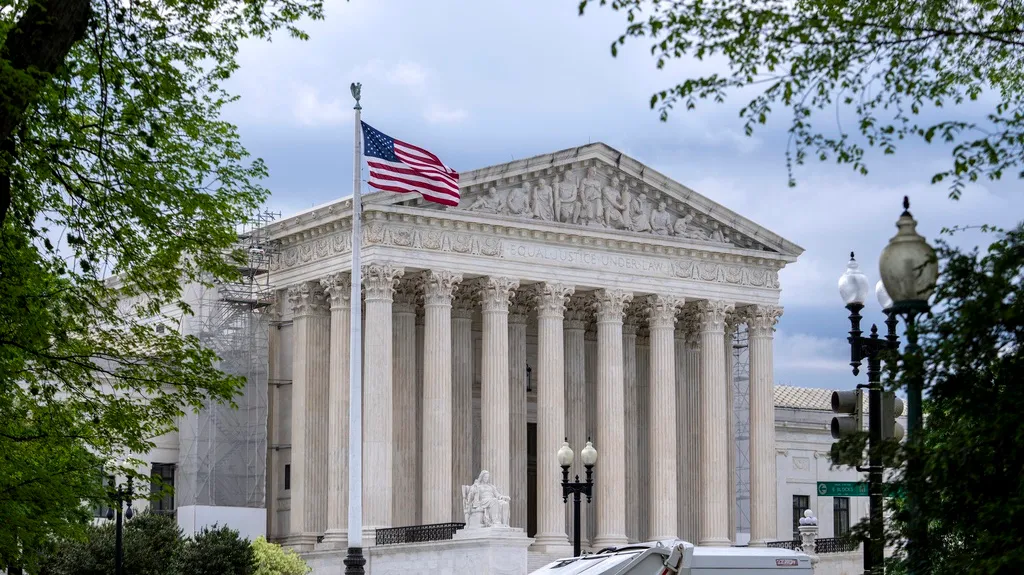May 23, 2021
Digital Currency: The Future Of Your Money
David Rodeck READ TIME: 7 MIN.
Digital currency has the potential to completely change how society thinks about money. The rise of Bitcoin, Ethereum and thousands of other cryptocurrencies that exist only in electronic form has led global central banks to research how national digital currencies might work.
What Is Digital Currency?
Digital currency is any currency that's available exclusively in electronic form. Electronic versions of currency already predominate most countries' financial systems. In the U.S., for instance, the physical U.S. currency in circulation is only about one-tenth of the overall money supply; the remainder is held in various bank deposits in electronic form.
What differentiates digital currency from the electronic currency currently in most Americans' bank accounts is that it never takes physical form. Right now, you could go to an ATM and turn an electronic record of your currency holdings into physical dollars. Digital currency, however, never takes physical form. It always remains on a computer network and is exchanged via digital means.
For example, instead of using physical dollar bills, you'd make purchases by transferring digital currency to retailers using your mobile device. Functionally, this may be no different than how you currently treat your money using payment apps like Venmo, Paypal, or Apple Pay.
Following the successful launch of decentralized cryptocurrencies like Bitcoin and Ethereum, which store value but are not managed by any central authorities, governments and central banks around the world are researching the possibility of creating their own digital currencies, commonly known as central bank digital currencies.
What Is a Central Bank Digital Currency (CBDC)?
A central bank digital currency (CBDC) is a digital currency that would be issued and overseen by a country's central bank. Think of it like Bitcoin, but if Bitcoin were managed by the Federal Reserve and had the full backing of the U.S. government.
While no national central bank has yet launched its own digital currency, at least 80% of central banks are currently researching this technology.
In the U.S., the Federal Reserve and M.I.T. are jointly conducting research into a CBDC through Project Hamilton. In addition to determining how a digital currency might work in the U.S. and what kind of systems would be needed to make it happen, Project Hamilton aims to publish a research paper and create an open source license for any code they write so others can examine and work with it.
Despite this research, in recent testimony before Congress, Federal Reserve Chairman Jerome Powell recently commented that the possibility of a Fed-backed digital dollar remains remote for now.
How Would a CBDC Work?
While an American CBDC may be far off currently, Jim Cunha, senior vice president at the Federal Reserve Bank of Boston, shared how a CBDC or a digital dollar might work. A CBDC would function similar to actual cash, Cunha said. "If I gave you CBDC, it's as if I'm handing you physical money, like a $100 bill. You'd have that money in your account and it's yours. I couldn't take it back."
This is a key difference versus other forms of electronic payment today, such an ACH transfer or PayPal. "If I send you money through PayPal, it's just a promise that money is coming. Your balance may show the funds, but money hasn't actually moved between banks yet."
Because of that, the transactions are not irrevocable and it's possible for the other party to reverse; there are 60 days when an ACH transfer can be potentially unwound. With transfers through CBDC, the funds would be sent close to instantly and the other party couldn't cancel after.
Another key advantage of a CBDC is that it could be deemed legal tender. That means all economic actors must accept it for any legal purposes. "You could pay your taxes with it. Anyone you owe debt to, like the bank or individuals, legally are required to take it," Cunha said.
This is in contrast to other digital currencies, which are not legal tender in the United States. Only certain vendors accept crypto directly, so people may need to convert their cryptocurrency into U.S. dollars before making most transactions. When you use crypto as a form of payment, you also currently create a taxable event, which means you may owe capital gains taxes each time you purchase something with Bitcion or Ether. This is in addition to any sales taxes. With a CBDC, you would only owe any applicable sales taxes, just like you do using physical currency.
How Have Digital Currencies Worked Around the World?
Despite the potential benefits of a U.S. CBDC, it still remains a concept for now. Around the world, other countries are a little further along with digital currencies such as the Bahamas' Sand Dollar project, which is in production currently, and China's digital yuan, which is one of the largest CBDC programs and launched a pilot project in 2014.
"They are testing a pilot in five cities. They gave out millions in currency through lotteries just to prove it works," said Cunha. People who win the lottery receive free CBDC, which they can spend at local shops that accept it.
While it's not at national scale yet, once China has the platform ready, it will expand through banks and mobile providers, like Alipay. The central banks of China and UAE are also working on a project to use blockchain and CBDC for regional payments between nations. If these projects are a success, they could give more motivation for other nations to create their own CBDC.
Because of these trends, Lilya Tessler, head of Sidley's FinTech and Blockchain group, is optimistic about the future use of digital currencies. "We certainly will see mass adoption of digital currencies, but it is difficult to predict how it will look. A CBDC may replace the paper version of the U.S. dollar. At the same time, society may focus on mainstream adoption of a decentralized cryptocurrency."
Digital Currency Benefits
Digital Currency Disadvantages
How Would Digital Currency Affect You?
If the U.S. adopts a digital currency, it would work as an alternative to cash but would also have the built-in advantage of quick money transfer since it's electronic. Cunha has a few ideas on what this would look like for consumers. "Our presumption is that it will be free or near free, like cash. Other private sector players may innovate on top of it and possibly add fees, but that has to be fleshed out more."
Even though a digital currency would be electronic, it still needs to be as accessible as cash. "Anyone should be able use it, not just those with the latest smartphones," Cunha said, suggesting chip-based cards, POS systems and web accounts as alternative ways to access the CBDC. He also believes a way to handle transactions offline will need to be developed, so two people could exchange CBDC even if they aren't on a cell or wifi network.
There's a lot to be done and a lot of industry input needed, Cunha admits, but it could be well worth the investment. "While no decision has been made to move past this research, I truly believe a CBDC should be fully investigated and holds great potential," he said. "Just think of the internet and how far it's come since the early days. With CBDC, the possibilities are endless."







